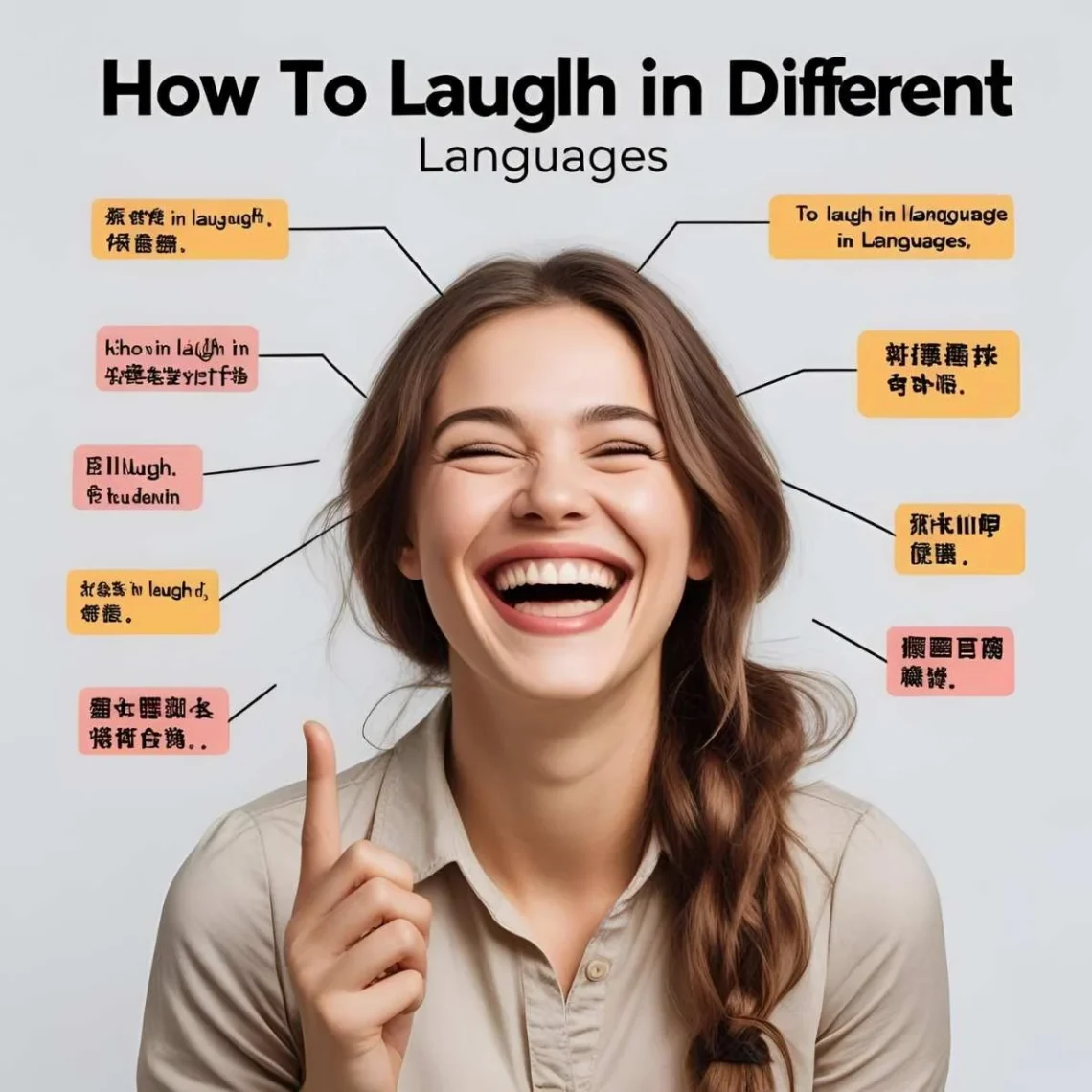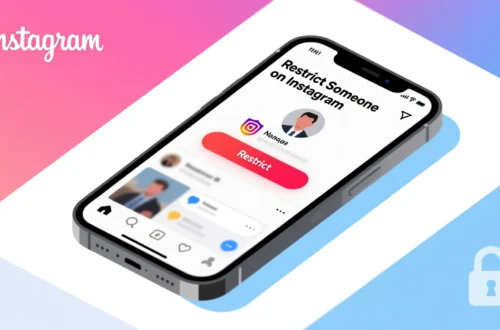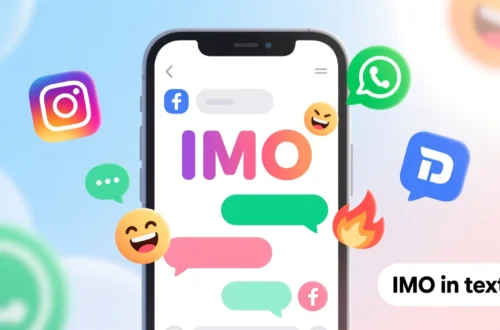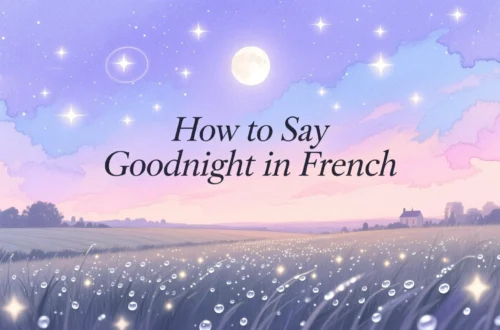Picture a crowded street in Rio de Janeiro, where a street performer’s joke sparks a chorus of “haha” from the crowd. That simple sound of laughter, so universal yet so diverse, echoes across cultures.
Whether it’s a hearty “lol” texted in New York or a melodic “kikiki” in a Nairobi market, the way people express laughter reflects their language and spirit. Laughter binds us, transcending borders while carrying the unique flavor of each culture.
Let’s embark on a joyful journey to explore how people laugh in different languages and what these expressions reveal about their societies.
Reference Table: Laughter in Different Languages
| Language | Word/Phrase | Cultural/Linguistic Insight |
|---|---|---|
| French | Haha | Mimics the sound of laughter, used in casual settings. |
| Spanish | Jaja | Pronounced “haha,” the “j” reflects Spanish phonetics. |
| Italian | Ahah | A light, melodic laugh, often written in texts. |
| German | Haha | Borrowed from English, common in informal communication. |
| Mandarin | Hāhā (哈哈) | Mimics laughter, widely used in texts and online. |
| Hindi | Haha | Adopted from English, popular in digital communication. |
| Japanese | Fufu (ふふ) | A soft, polite laugh, often feminine or understated. |
| Korean | Keke (ㅋㅋ) | A sharp, playful laugh, common in texting. |
| Arabic | Haha (ههه) | Phonetic laughter, used across 20+ countries in chats. |
| Swahili | Cheka | Means “to laugh,” used to describe the act in East Africa. |
| Zulu | Hleka | Means “to laugh,” reflecting joy in South Africa. |
| Yoruba | Rẹ́rìn | Means “laughter,” tied to communal joy in Nigeria. |
| Maori | Kata | Means “to laugh,” a warm expression in New Zealand. |
| Hawaiian | ʻAka | Means “to laugh,” evoking aloha’s joyful spirit. |
| Cherokee | Gadoyasdi | Means “to laugh,” used in Native American communities. |
European Languages: Laughter with a Cultural Flair
European languages express laughter with sounds that blend universal joy and local nuance. For instance, in French, “haha” is a familiar sound, used in casual texts or conversations, reflecting France’s love for lighthearted wit. Meanwhile, Spanish uses “jaja,” pronounced like “haha,” with the “j” reflecting the language’s phonetic charm, often heard in lively Spanish markets. Additionally, Italian’s “ahah” has a melodic quality, mirroring Italy’s expressive culture, and is common in social media. In German, “haha” is borrowed from English, popular among younger generations, showing Germany’s embrace of global trends. Thus, these expressions balance universal laughter with cultural distinctiveness, from poetic Italian to pragmatic German.
Asian Languages: Joy in Diverse Sounds
Asia’s linguistic diversity shapes unique ways to express laughter, often tied to politeness or playfulness. For example, in Mandarin, “hāhā” (哈哈) mimics the sound of laughter, widely used in texts across China to convey joy. In Hindi, “haha” is adopted from English, popular in India’s digital chats, reflecting global influence. Similarly, Japanese uses “fufu,” a soft, polite laugh often associated with feminine grace, heard in quiet Tokyo cafés. In Korean, “keke” (ㅋㅋ) is a sharp, playful sound, common in texting among South Korea’s youth. Finally, Arabic’s “haha” (ههه), used in over 20 countries like Egypt and Saudi Arabia, is a phonetic expression, rooted in the region’s love for shared humor. These sounds highlight Asia’s range, from understated Japanese giggles to vibrant Arabic chuckles.
African Languages: Laughter in Community
African languages often tie laughter to communal joy and expression. For instance, Swahili, spoken in over 20 countries like Kenya and Tanzania, uses “cheka” to mean “to laugh,” often describing joyful moments in markets or gatherings. In Zulu, “hleka” means “to laugh,” a warm term used in South Africa to share happiness. Similarly, Yoruba’s “rẹ́rìn” (laughter) in Nigeria conveys communal delight, often heard in lively celebrations. These terms, used across diverse African settings, emphasize shared joy, often amplified in social contexts like festivals or family events.
Indigenous & Island Languages: Joyful Bonds
Indigenous and island languages express laughter with simplicity and warmth. For example, Maori in New Zealand uses “kata” (to laugh), a term that reflects the culture’s communal harmony. In Hawaiian, “ʻaka” (to laugh) carries the spirit of aloha, used in joyful agreements or stories. Similarly, Cherokee’s “gadoyasdi” (to laugh) is a heartfelt expression, used in Native American communities to share happiness. In Samoan, “tala” (to laugh) reflects the Pacific’s communal approach, often heard in group settings. Across these cultures, from New Zealand to the Cherokee Nation, laughter emphasizes unity and joy, often tied to shared traditions.
Cultural Insights: The Evolution of Laughter
Laughter’s expressions have evolved with cultural and technological shifts. For instance, the English “haha,” possibly rooted in Old English “ha,” spread globally through digital communication. In Arabic, “haha” (ههه) emerged with texting, adapting phonetic laughter to script. Moreover, in African languages like Swahili, “cheka” reflects oral traditions of storytelling and communal joy. In Asia, terms like “fufu” and “keke” align with cultural values of politeness and playfulness, shaped by social norms. These expressions are more than sounds—they carry histories of oral traditions, digital revolutions, and cultural exchange, uniting people through joy.
Proverbs and Sayings: Wisdom of Laughter
- French: “Rire est le meilleur remède.” (Laughter is the best medicine.) – Highlights laughter’s healing power.
- Hindi: “Hansi dil ko halka karti hai.” (Laughter lightens the heart.) – Emphasizes emotional relief.
- Swahili: “Cheka na wenzako, maisha yanapendeza.” (Laugh with others, life becomes sweet.) – Ties laughter to community.
- Japanese: “Warau kado ni fuku kitaru.” (Fortune comes to a laughing gate.) – Links laughter to luck.
- Yoruba: “Rẹ́rìn jẹ́ oògùn ayọ.” (Laughter is the medicine of joy.) – Connects laughter to happiness.
FAQs
Why do some laughter terms sound similar?
Globalization and digital communication spread “haha” to languages like Hindi and German, while phonetic similarities arise from universal laughter sounds.
What’s the oldest term for laughter?
English “haha,” possibly from Old English “ha” (circa 9th century), is among the earliest, later influencing global terms.
How do cultures shape laughter’s expression?
Collectivist cultures (e.g., African, Indigenous) use laughter to foster group joy, while individualistic cultures (e.g., European) focus on personal expression.
Conclusion
From “jaja” in Spain to “cheka” in Tanzania, the sound of laughter weaves a global thread of joy and connection. Each term, whether the playful “keke” in Korean or the warm “kata” in Maori, reflects cultural values while celebrating our shared need to laugh. Consequently, these sounds remind us that laughter transcends borders, uniting all people in moments of happiness. How do you express laughter in your language, and what makes you smile? Share your stories below—we’d love to hear your joy!





